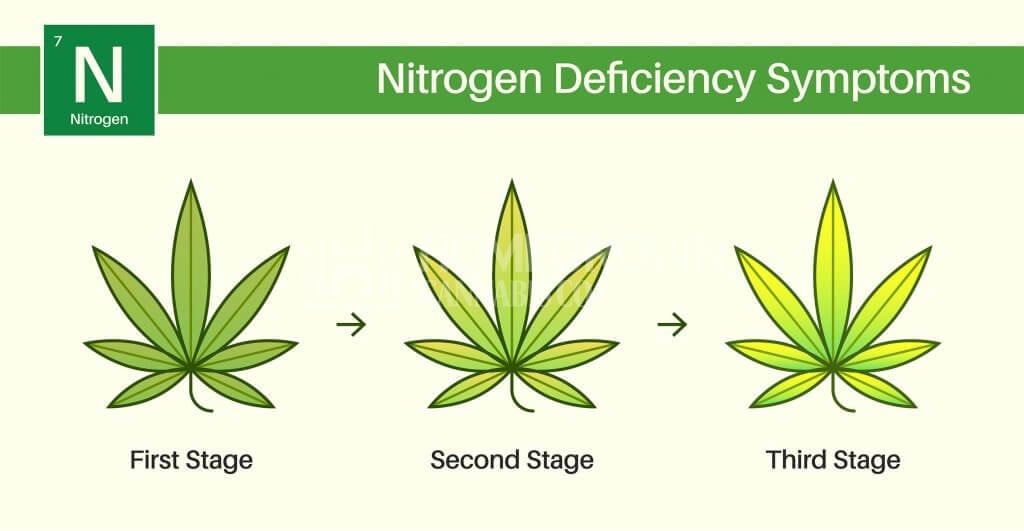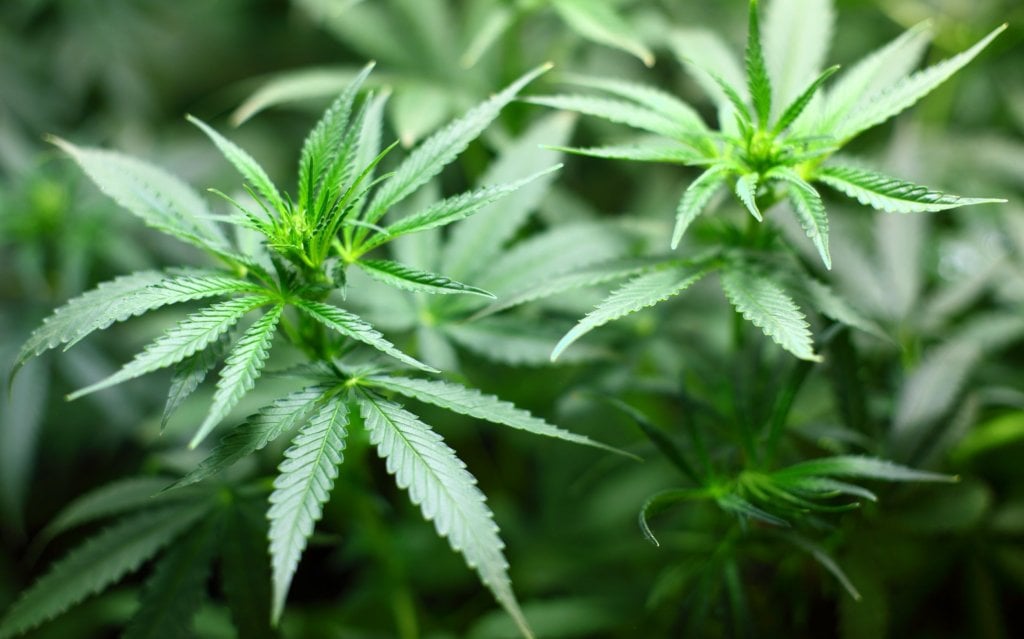Best Nutrients for Veg Stage to Maximize Yields
Providing the best nutrients for the veg stage of cannabis improves your chances of growing healthy plants with robust structures. While most of the magic happens in the flowering phase, the basis for epic harvests usually lies in the vegetative stage.
Thriving cannabis plants produce more bud sites and offer the potential for bigger yields and quality flowers. Who doesn’t want that? With the correct NPK ratio and other macro and micronutrients, you can power development during the critical vegetative phase.
Read on to discover the best nutrients for the vegetative stage. We explain how to build a strong base that can bear mega marijuana buds without bending or breaking. Prepare your plants so that they can prop up your potent harvests.
Let’s dive in.
Vegetative stage nutrients & ideal NPK ratio
The NPK combination refers to the ratio of nitrogen (N), phosphorus (P), and potassium (K) in your base fertilizer. Experienced growers know what to feed weed plants during veg and understand that crops require more nitrogen at this early stage.
Nitrogen is crucial to cannabis plants. It’s a vital component of amino acids, the building blocks of proteins. Proteins support plant cell structure and spur the development of the stems, branches, and leaves.
This nutrient is a major component of chlorophyll, the green pigment cells that convert sunlight into energy. Nitrogen boosts growth potential with increased chlorophyll concentrations.
Vegetative stage nutrients should have a higher ratio of nitrogen. Some growers boost potassium or phosphorus levels before flowering. P is crucial for flower development, but also impacts root growth, metabolic processes, and cell elongation.
The vegetative phase of weed bridges the journey from germination to bloom. It lasts 4–14 weeks or more and provides the framework to handle heavy, resin-encrusted flowers.
When cannabis seeds sprout, the first leaves are called cotyledons, which serve as a food source for the seedling. They sustain the plant until the iconic true leaves appear and start creating energy out of light.
Once you have two or three pairs of real leaves, you can feed nutrients for the veg stage. The medium may contain reserves of several elements, so start with light rations of less than half a dose. It protects the young plants from nutrient burn or worse.
Indoor growers truncate the cannabis life cycle by restricting the veg phase, usually to four weeks. The light schedule for the veg phase powers explosive growth.
Most cultivators use a lighting schedule of 18 hours on and 6 off, or 20 hours on and 4 off. It’s possible to run them 24 hours, but it’s not ideal. Plants grow healthier with a period of darkness.
Nitrogen is the most abundant element in plant tissue so it quickly shows evidence of a deficiency. Your cannabis feeding schedule can overdo N, though. Excess nitrogen can negatively impact photosynthesis and shoot growth, affecting flower formation and potency.

Other essential nutrients for veg stage
Cannabis plants are annuals, relying on several essential elements (nutrients) to develop and reproduce. Plants claim oxygen, carbon, and hydrogen from the air and water around them.
They siphon up other minerals through their roots from the growing medium or soil. You may need to add elements to the medium to provide the optimum conditions for your crop. Plants lacking access to sufficient reserves of these vital ingredients never live up to their potential.
The NPK ratio covers the most significant base elements, but plants need several other veg stage nutrients. Calcium and magnesium (CalMag) are vital for elevating water and carbon dioxide uptake. They also increase nutrient absorption, cell division, and plant tissue growth.
Calcium and magnesium are also macronutrients needed in larger quantities. Sulfur (S) helps to produce chlorophyll and metabolizes nitrogen.
Cannabis plants also require several micronutrients to develop optimally. These include:
- Molybdenum (Mo)
- Manganese (Mn)
- Boron (B)
- Nickel (Ni)
- Iron (Fe)
- Zinc (Zn)
- Chlorine (Cl)
- Copper (Cu)
Silicon (Si), sodium (Na), and cobalt (Co) are other beneficial elements that improve output and quality.
The bigger and healthier a plant is when it enters bloom, the greater the chance of an epic harvest. Robust plants create more bud sites, resulting in heavy flowering and incredible yields.

Best nutrients for veg stage
The best veg stage nutrients boast high nitrogen levels to boost growth and improve structure. By contrast, the flowering stage requires base nutrients heavy on phosphorus and potassium.
Most fertilizers for cannabis in the vegetative phase have labels proclaiming “veg” or “grow” base nutrients. Start with a 2:1:1 NPK ratio and tinker when you gain confidence. You also need a CalMag supplement. You can add CalMag with your base nutrients.
If you prefer organic alternatives, bat guano, fish meal, or worm castings contain nitrogen. Check NPK values before application as some guano has high PK. Bone meal or rock dust add phosphorus, while kelp meal or wood ash are excellent sources of potassium.
Tips for proper nutrient application
Added nutrients are vital to growing exceptional cannabis plants that produce heavy yields. We offer a few tips on how to get the most from your cannabis fertilizer for the vegetative stage.
Start at lower nutrient concentrations as a precaution. Plants damaged by overfeeding that results in leaf burn struggle to recover. It’s much easier to address underfed plant issues.
Check the manufacturer’s recommended schedule and rationing of nutrients for veg stage weed. An excellent rule of thumb is to start with half and adjust accordingly. With experience, you can test and try higher concentrations.
How often you fertilize depends a lot on which growth medium you use. Quality potting soil contains organic material that needs less assistance than hydroponics or Rockwool. Standard potting mixes generally need once or twice weekly feedings.
Some mediums retain moisture better and need fewer feedings. Limit the base elements to avoid an excess build up that could cause a nutrient lockout. Use plain water between feedings. The quality of water and pH are crucial.
Indoor growers switch their lighting schedule to 12 hours on and 12 off to prompt the flowering stage. Plant size can double. The “stretch” depends on light spectrum, temperature, and cultivar.
Induce bloom when plants are half their expected height. Switch from the best nutrients for the veg stage indoors to a ratio with reduced nitrogen and increased PK levels.

Nitrogen for epic veg growth
The best nutrients for vegging always include a heavy dose of nitrogen.
It’s vital for the process that produces growth and plant tissue. It provides a healthy, sturdy base upon which sticky, crystalline buds grow. The vegetative stage is all about growth and development, directly impacting eventual yield.
Order your favorite cannabis seeds plus nutrients from Homegrown Cannabis Co. and test the best nutrients for the veg stage. Watch your cannabis crops experience explosive veg growth to set themselves up perfectly for an exceptional flowering phase.